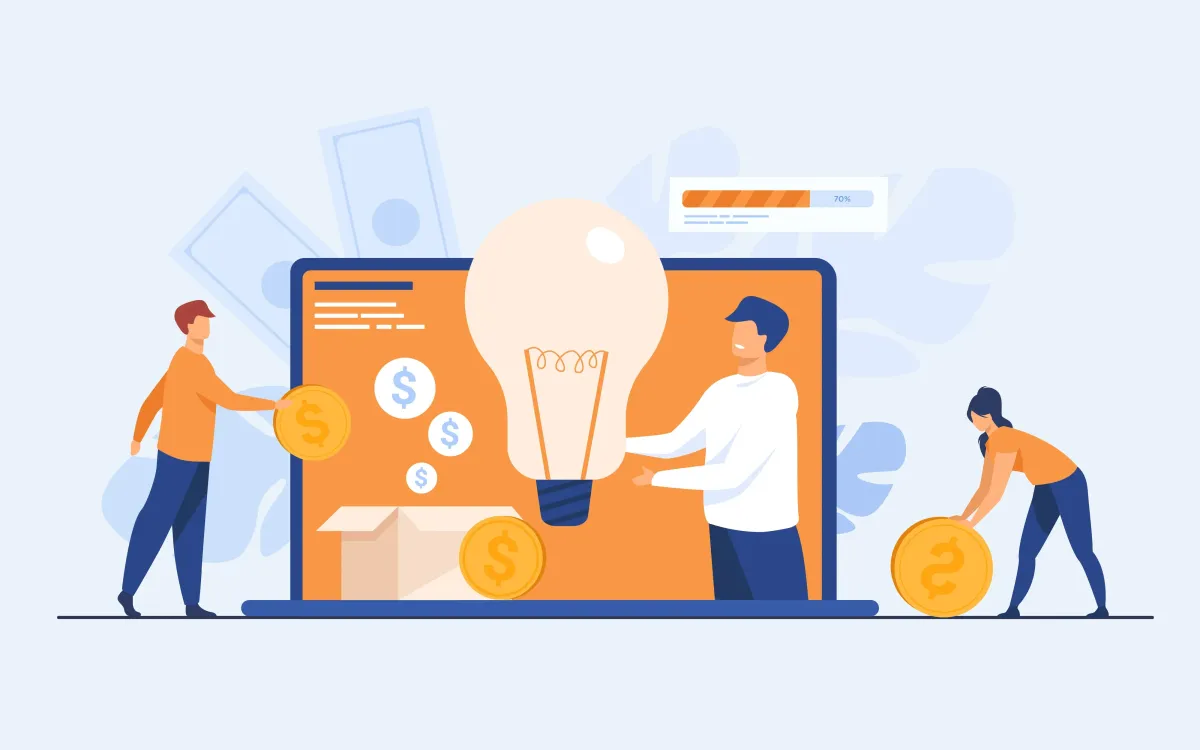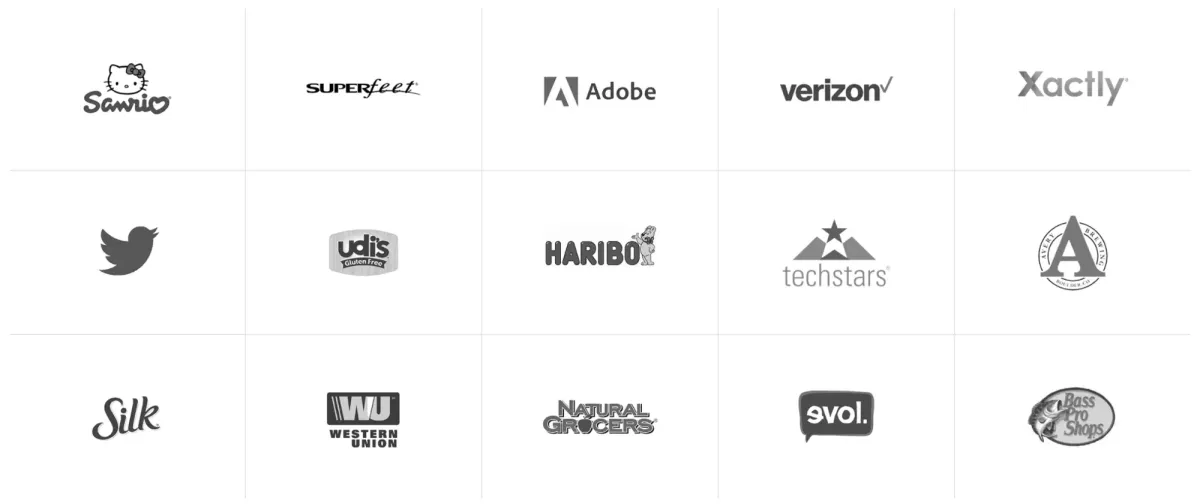ROOM 214 BLOG
LATEST NEWS & TRENDS
We’re full service which means we’ve got you covered on design and content right through to digital.

LEARN THE ART OF SELF-FUNDING: SCALING YOUR DTC ECOMMERCE BUSINESS WITHOUT EXTERNAL CAPITAL
“Bootstrapping isn’t just about tightening your belt and surviving on a shoestring budget. It's about allocating resources wisely so that you’re making the most of what you have. You don’t need to have a VC's deep pockets to succeed; you just need to know how to effectively use what you’ve got.”
Introduction:
As we move further into 2023, VC funding for DTC eCommerce startups is becoming a rarer bird in the wild. While selling directly to consumers used to be a tactical advantage, over the last few years we’ve seen companies flooding into Shopify and other eComm platforms, diluting the market, and making it harder than ever for a new D2C brand to stand out.
It’s a jungle out there, but it's not the only way to survive. In this evolving landscape, the importance of scaling an eCommerce business without VC funding cannot be overstated.

UNDERSTANDING THE BASICS OF ECOMMERCE BUSINESS
Before you set your sights on the horizon and prepare to scale, you have to get your bearings first. This starts with market research and understanding your niche, not a cute little compartment to store your knick-knacks, but a well-defined corner of the market that your eCommerce business can dominate.
Another fundamental to understand is the Coherence Method, which states that it’s only with a clear brand position, specific audience focus, and cohesive marketing plan that a brand truly flourishes.
BUDGETING AND FINANCIAL PLANNING FOR ECOMMERCE BUSINESS
Now that you know what makes you special and where you stand in the market, the next step in this self-funding eCommerce journey is budgeting and financial planning. It’s time to start bootstrapping business practices.
Bootstrapping isn’t just about tightening your belt and surviving on a shoestring budget. It's about allocating resources wisely so that you’re making the most of what you have. You don’t need to have a VC's deep pockets to succeed; you just need to know how to effectively use what you’ve got.
STRATEGIES FOR SCALING YOUR DTC BUSINESS WITHOUT VC FUNDING
So, you're all set up, your belt is tight, and you're ready to climb. What now? Well, you need a strategy for scaling without venture capital.
One approach is by utilizing social media and influencer marketing. With platforms like Instagram and TikTok, you can tap into massive audiences and harness the power of influencers to boost your brand's visibility. Remember, in the world of eCommerce business scaling, visibility equals viability.
The second strategy is leveraging SEO and content marketing to drive organic traffic to your website. Rather than cramming your website full of keywords, a successful SEO strategy involves creating relevant, engaging, and value-adding content that answers your core customer’s questions and concerns.
Lastly, never underestimate the power of customer retention strategies. Remember, it’s often easier (and cheaper) to keep an existing customer than to win a new one.
REAL-WORLD SUCCESS STORIES
Don't just take our word for it. There are plenty of successful self-funded eCommerce businesses that have achieved independent eCommerce growth. Brands like Mailchimp, Techcrunch, and Plentyoffish have all scaled to impressive heights, all without a cent of VC money.
The path to eCommerce business scaling without VC funding isn't easy, but it's worth every sweat-dripping step. It's about understanding your market, finding coherence, budgeting effectively, and leveraging resources wisely.
For those looking to fast-track their independent eCommerce growth, a growth studio like Room 214 can be your guide. With expert guidance, you can navigate the jungle of business growth without VC funding, and find the hidden treasure you've always dreamed of. Schedule a free call today.
Scaling without venture capital is not only possible, but it's also empowering. Remember, in the wild world of DTC eCommerce, it's not the size of the venture capital that counts. It's how you use it.


